Digital universal testing 2024
৳ 2,500,000.00
This product takes two months as it has to be directly
imported now. Bangladesh market is not available.
Digital universal testing:
A Digital universal testing machine (UTM) is a versatile tool used to measure the mechanical properties of various materials like metals, plastics, textiles, and composites. It applies controlled forces or displacements to a specimen and records the resulting deformation or stress.
Here’s a breakdown of working with a UTM, including operation, calculation of data, and capturing relevant images:
Preparation best Digital universal testing:
- Consult the user manual: Familiarize yourself with the specific instructions and safety precautions for your UTM model.
- Choose the test type: UTMs perform various tests like tensile, compression, bending, shear, and fatigue. Select the test relevant to your material and desired information.
- Prepare the specimen: Ensure the specimen’s dimensions and shape comply with the relevant test standard. Some materials might require specific preparation like polishing or surface treatment.
best Digital universal testing Setting Up the Machine:
- Mount the specimen: Secure the specimen firmly onto the grips or fixtures of the UTM according to the test type.
Mounting a specimen on a UTM
- Calibrate the machine: Regularly perform calibration to ensure accurate force and displacement measurements.
- Configure the test parameters: Input the desired test speed, load limit, and data acquisition settings into the machine’s control software.
Conducting the Test:
- Start the test: Once everything is set, initiate the test sequence. The UTM will apply the programmed force or displacement to the specimen.
- Monitor the test: Observe the specimen’s behavior and the data being recorded by the software. Be prepared to stop the test if any anomalies or safety concerns arise.
Data Analysis and Interpretation of best Digital universal testing:
- Export the test data: Save the collected force, displacement, and other relevant data for further analysis.
- Analyze the data: Use appropriate software or manual calculations to determine the material properties of interest, like Young’s modulus, yield strength, ultimate tensile strength, or fatigue life.
- Compare results to standards: Evaluate the obtained material properties against relevant industry or application standards to assess the material’s suitability for its intended use.
Capturing Images:
- Specimen before and after the test: Capture images of the specimen before testing to document its initial condition and after testing to visualize any deformation or failure.
- Test setup: Take pictures of the specimen mounted on the UTM to document the test configuration and settings.
- Data visualization: Capture screenshots of the software displaying the recorded data during and after the test for reference and analysis.
Additional Resources:
- ASTM International
- Instron
- MTS Systems:
Remember, safety is paramount when working with a UTM. Wear appropriate PPE and follow safe operating procedures. By following these steps and utilizing the provided resources, you can effectively operate a UTM, analyze the resulting data, and capture relevant images for documentation and analysis.
Ktcdhaka in best Digital universal testing:
We always try to sell civil technical best product and always flexible with customer we try to do business nicely.
Be the first to review “Digital universal testing 2024”
You must be logged in to post a review.
Related products
All Categories

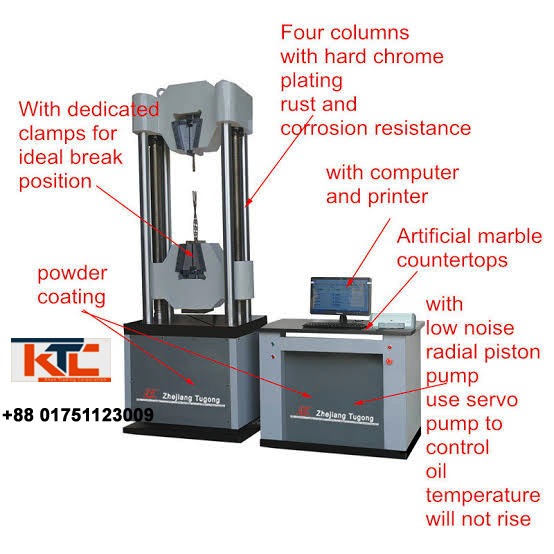
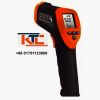
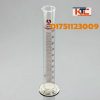
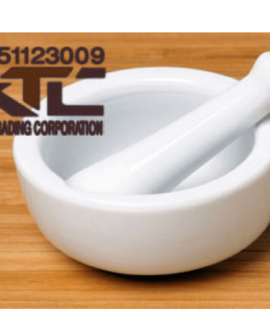
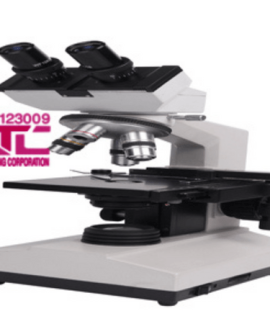
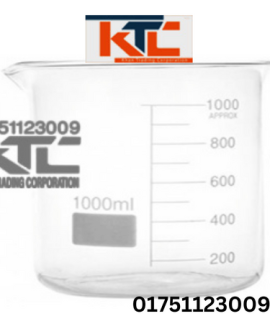
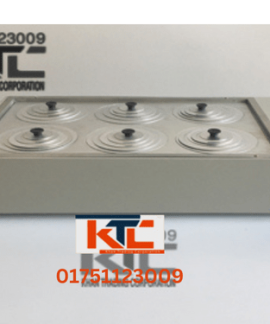
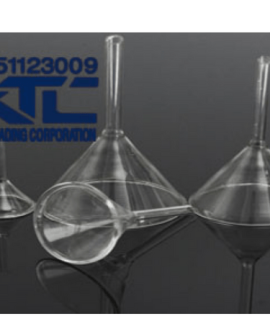

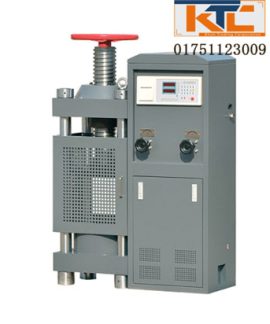
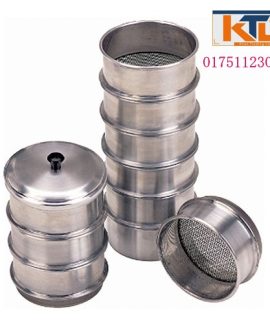
Reviews
There are no reviews yet.